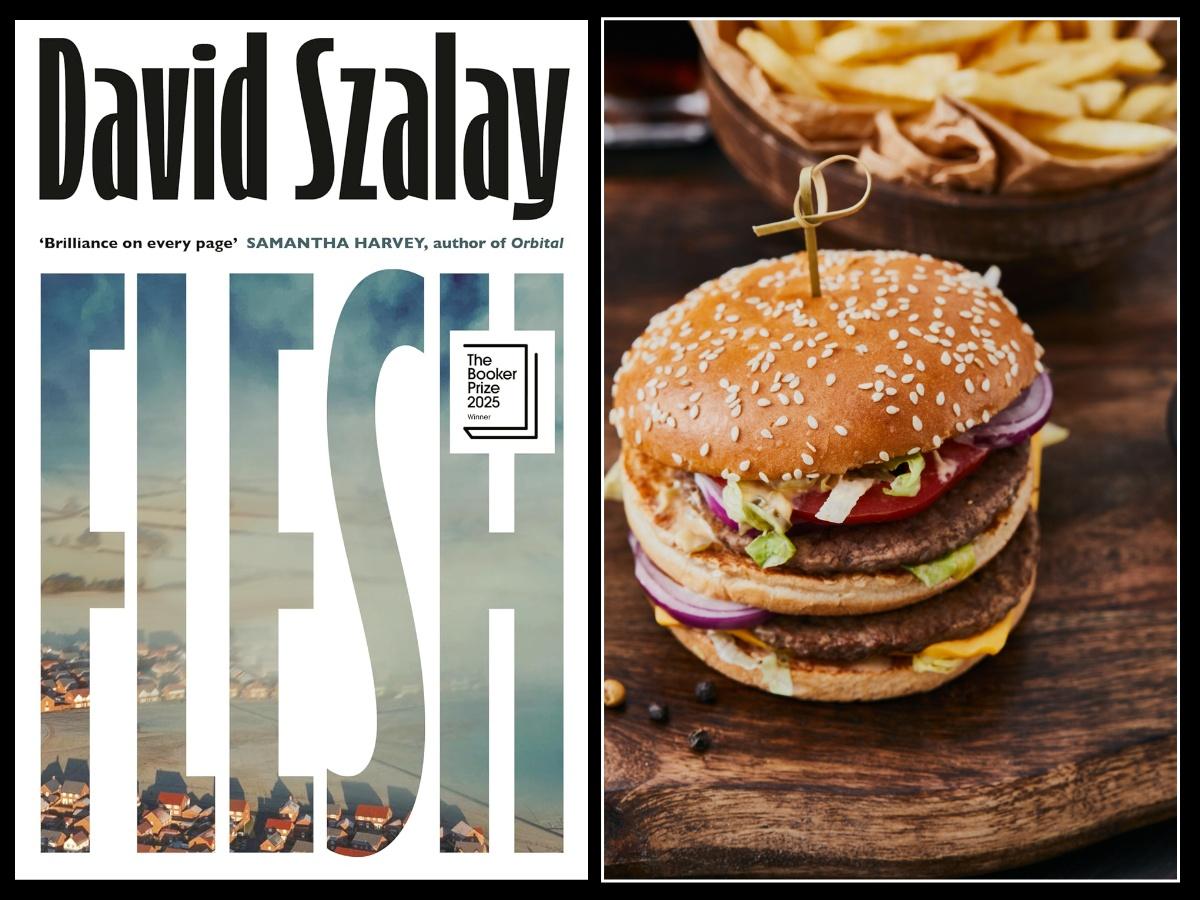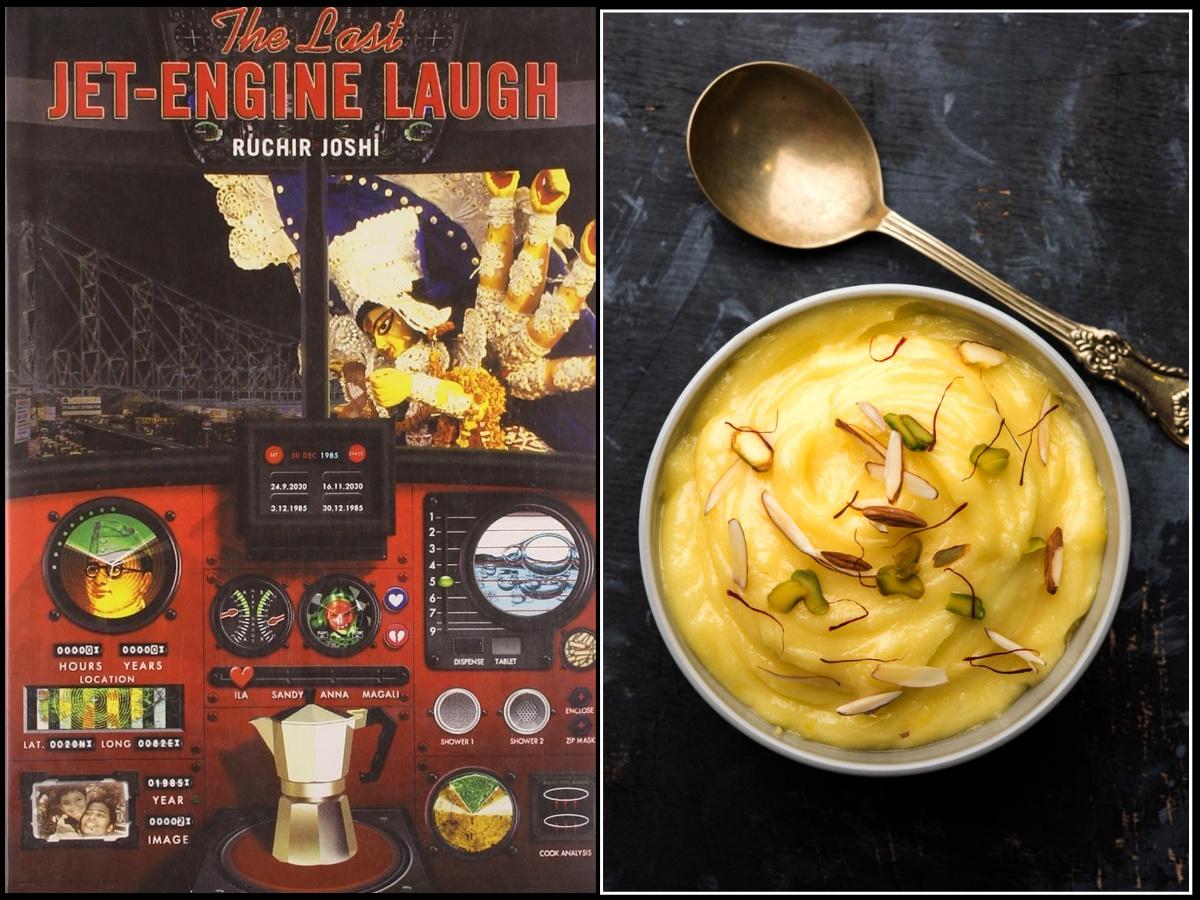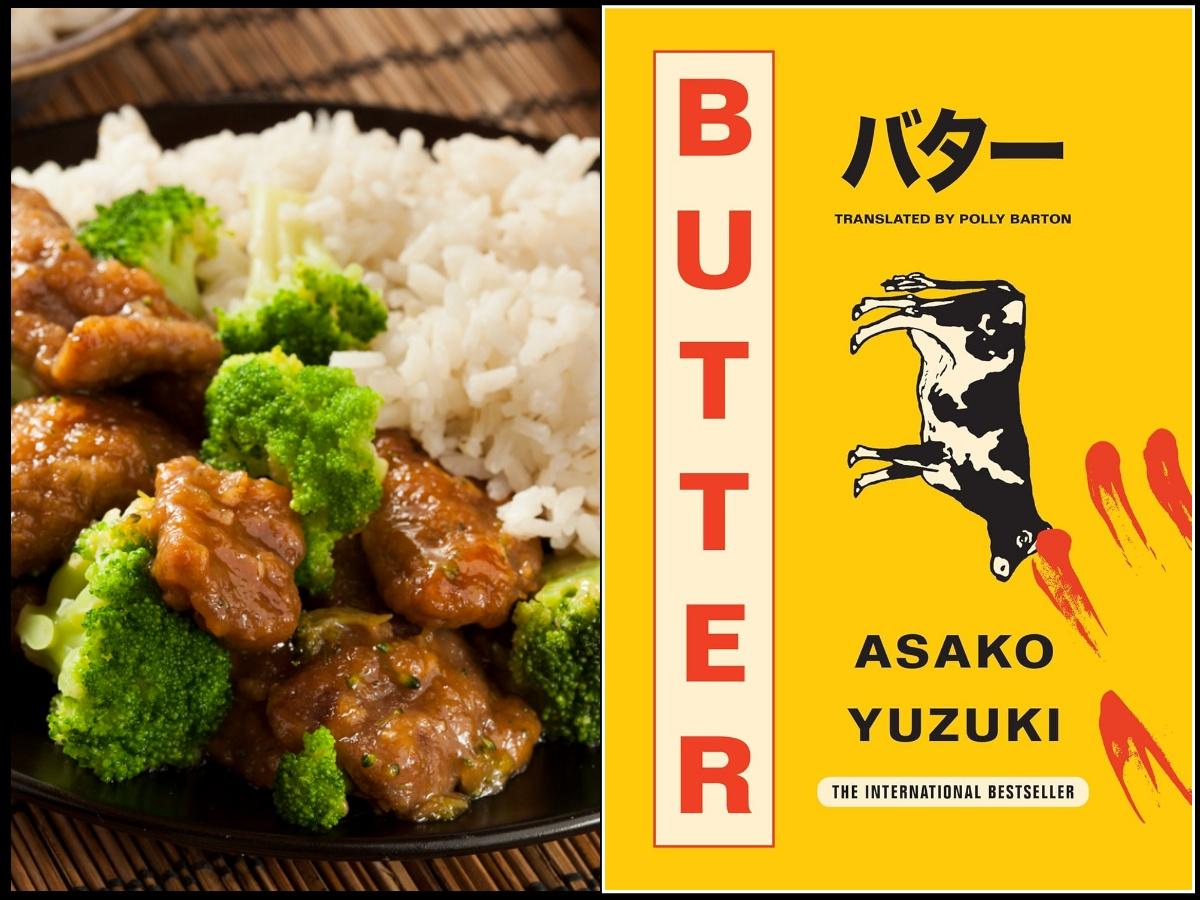David Szalay’s Booker Prize Winner flesh The beginning of the novel casts a cold light on the strange, shameful education of a young body. It presents Istvan’s adolescent frolics, the cigarettes, the mall visits, the awkward attempts at reciprocity, and returns again and again to the small domestic tasks that taught him to be a man: the shared trolley at the supermarket, a bowl somloi galuskaWhite noise of cigarette smoke. Szalay has composed brief, touching scenes in which food and sex, hunger and power intersect.
in food flesh Serves as both a currency and a course. Istvan’s awkward first kiss occurs after dessert; The woman, a neighbor, proposes to him somloi galuskaA scrumptious Hungarian trifle made of three types of sponge cake, rum syrup, vanilla custard and chocolate sauce, served with whipped cream. And then, with the carelessness of someone who confuses care with privilege, kisses her. Household eating traditions become a stage for crime and schooling. Kitchen Sensory Details, Jar Kovaszos Uborka Scenes of balcony, glass bowl, fermentation on paper napkins, moral ambiguity. Eating, sharing, feeding: these are the ways in which Istvan learns what adults expect, and how desire is negotiated, normalized, or shamed.


Szalay’s contribution is his quiet minimalism, which transforms those domestic, often humiliating, moments into rites of passage. Istvan’s secret McDonald’s meal after sex; The Big Mac stands as a distorted punctuation mark for an act that is supposed to provide change by the cultural script. These are small ironies of punishment. The novel asks: When the rite fails, what happens to the initiator? Istvan leaves the woman’s flat as essentially the same person; Yet each bowl of sweets, each cigarette, leaves a trace of education on his body and conscience.

Food as a tool and weapon

A scene from the 1992 film adaptation the lover By Marguerite Duras.
This association of hunger and becoming has a long literary tradition. of Marguerite Duras the lover A young girl’s awakening is presented as the education of hunger. To be loved, fed, and thus shaped by an older person’s economy of desire. This issue is as sensual as it is erotic. In a key scene, we see the girl sitting with her family at a table with her two brothers and eating food, barely conversing or making eye contact with her boyfriend who has hosted the meal. It’s a scene filled with lessons on hunger, inequality, class and power around food, and the coming of age of a 17-year-old girl.

Writer Han Kang awarded the Nobel Prize for Literature 2024 Photo Credit: Getty Images
Han Kang’s Vegetarianwhich won the Booker Prize in 2016, presents hunger as denial. In the novel, abstinence is a moral and physical rebellion that transforms eating into a site of psychic fracture. Where Szalay’s scenes show hunger as an initiation into the sometimes cruel adult world, Kang’s Yeong-hee chooses not to eat as an act that signals autonomy and, ultimately, self-elimination. However, both authors make clear that food is never neutral: it is moral, sensual, and existential.

In Ruchir Joshi The Last Jet-Engine Laugh (2001), a bowl of Shrikhand A scene passed at a party gives a touch of sexual farce to the hectic scene and a moment when food and flirtation turn to laughter and embarrassment. Similarly, Khalid Javed also eating blessings ,food heaven) turns the kitchen and its appliances into metaphors for human relationships and longing, where food symbolizes both inheritance and loss. The novel states: “Food and nutrition advance human life, but also corrupt human life.” The food/sexual politics in Szalay’s novel have much the same resonance as the pairing of sustenance and danger.
Consider butter By Asako Yuzuki, where butter-laden rice and soy-sauce-soaked meals become charged sites of sexuality and power. Yuzuki shows how cooking is seduction, butter is weapon, and food becomes confession. Food becomes sensual, indulgent, an instrument of murder and transgressive all at the same time.

schooling begins at the table
If butter Dominican-American writer and poet Elizabeth Acevedo is seething with moral uneasiness with high fire Turns cooking into self-expression and healing. Her heroine, Imoni, is a 17-year-old unmarried young mother with a knack for cooking, who blends the flavors of her heritage into dishes that are both memories and desires. Hunger here is not guilt or rebellion but possibility and a fire that persists.

A scene from the 1992 film adaptation of Laura Esquivel’s novel, like water for chocolate,
Similarly, in like water for chocolate Recipes by Mexican-American author Laura Esquivel spell out how to transform emotions into nutrition. Hunger is the grammar of becoming. For teens, food often comes before vocabulary; Taste teaches what words cannot. In fleshYoung Istvan learns to be seen, touched, and then judged around food and at the kitchen table. The lessons are incomplete: confusion, shame, and a strange mixture of disgust and excitement. Szalay refused grandiose affairs; Instead, he relies on the holistic power of domestic scenes, bowl by bowl, kiss by kiss, to describe a life.
Many of these novels remind us that the first schooling takes place at the table. Hunger, whether found or not, is where we first learn whose hunger matters, and what the cost of feeding it is.
The author is the author of ‘Temple Tales’ and translator of ‘Hungry Humans’. She is working on her first cookbook.